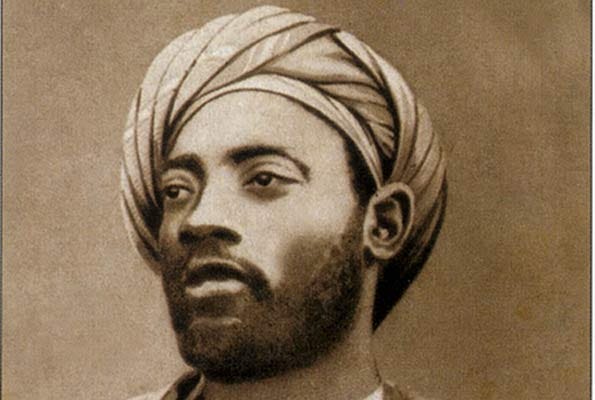What kid doesn’t like a blanket?
My two young daughters cherish theirs. So much that my oldest insists on keeping her big comforter on even on warm nights and my youngest refuses to let go of any of the three, four or five blankets she has on her bed. They sure make nice hideaways for the myriad stuffed animals.
For nearly 20 years, dozens of volunteers armed with sewing machines, knitting needles, crochet hooks and countless yards of fabric have been giving local kids an opportunity for similar comforting experiences.
The Green Bay chapter of Project Linus each month delivers handmade blankets and quilts to hospitals, hospice providers, child-advocacy centers and other social services programs in northeastern Wisconsin. Group members packed about 800 Disney-themed blankets to comfort frightened students after a school-day hostage standoff at Marinette High School in November 2010.
And, a few times each year, the colorful creations help causes outside Wisconsin, including the Tragedy Assistance Program for Survivors that supports kids and others who are grieving the loss of a loved one who died while serving in the military.
The purpose of Project Linus, a national nonprofit organization, is to give a security blanket to children in crisis — those who are sick or abused and neglected.
“It’s not something you just whip up,” said Jill Draves, longtime coordinator of the Green Bay chapter, about the blankets. “You do have fun, and you know you’re making it for a kid.”
For their latest feat, Draves and 10 fellow “blanketeers,” as she likes to call them, turned what was supposed to be Project Linus’ Make a Blanket Day on Feb. 18 into a monthlong contest.
With simple marching orders of “Now, get creative!” from their chapter leader, the local Project Linus volunteers designed 12
baby quilts for sale.
Before they are sent to the boys and girls who need them, the quilts will be on display through next month at the Northeast Wisconsin Technical College Artisan and Business Center in Green Bay’s Olde Main Street District. NWTC allows Project Linus to hold its gatherings one Saturday a month in a textiles studio at the college's off-campus center on the city’s east side.
The blanketeers worked off “Calendar Babies” book panels to design the quilts. Draves said bolts of the panels, featuring a different infant theme and saying for each of the 12 months of the year, were donated by the book manufacturer for use by Project Linus chapters across the country after the panels were printed out of order.
Draves and the other participants completed their quilts on their own or at a recent chapter meeting, utilizing the long-arm quilting machines at the NWTC workshop. Lynn Konitzer, a quilting instructor at the college, made two baby quilts in a day.
“I’m a speeder; I’m a speed quilter,” she quipped.
Though there’s no record of a citation ever given for operating a sewing machine at excessive speeds, a jury of the public will decide who made the best blanket in the baby quilt challenge. A voting fundraiser is being conducted through March 11. The designer of the quilt with the most votes will receive a whole lot of fabric. Proceeds from the ticket sales for the voting will stay with the local chapter to fund more blanket-making projects.
“It’s a good social (activity),” said Draves, a full-time worker who's the youngest of the blanketeers.






